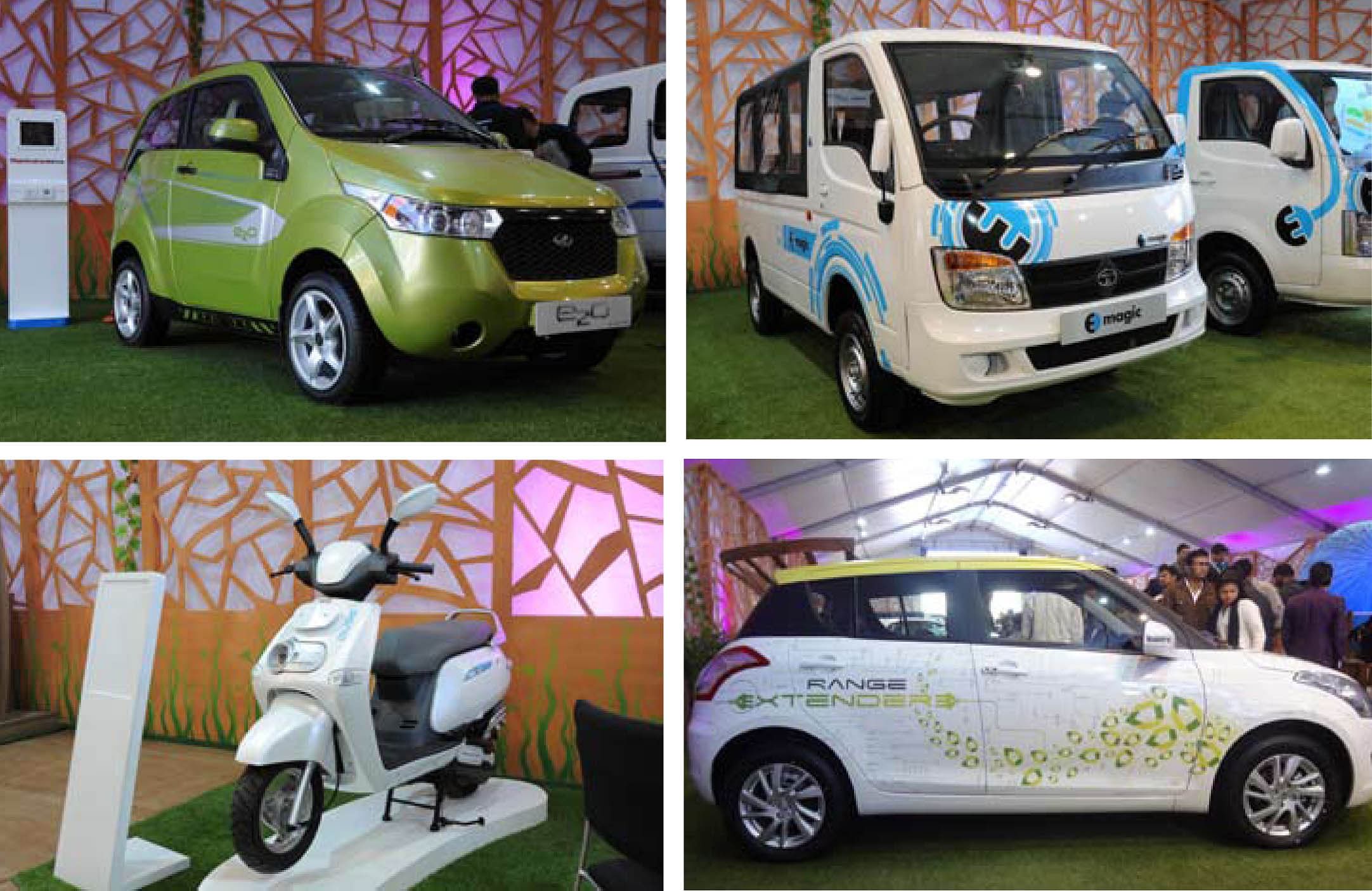Budget 2015 likely to allocate Rs 250 crore for Electric Mobility Mission
The Union Budget 2014-15, to be presented next month, is likely to make a provision of Rs 250 crore for FY’15 for putting on wheels the National Electric Mobility Mission Plan 2020 (NEMMP) announced last year, say sources in the know.
The Union Budget 2014-15, to be presented next month, is likely to make a provision of Rs 250 crore for FY’15 for putting on wheels the National Electric Mobility Mission Plan 2020 (NEMMP) announced last year, say sources in the know.
The NEMMP pushes for national energy security, mitigation of the adverse impact of vehicles on the environment and growth of domestic manufacturing capabilities. The plan also highlights the huge potential for environment-friendly electric vehicle (including hybrids) technologies by 2020.
According to these projections, 6-7 million units of new vehicle sales of the full range of EVs, along with resultant liquid fuel savings of 2.2-2.5 million tonnes, can be achieved by the year 2020. This will also result in substantial lowering of vehicular emissions and decrease in carbon di-oxide emissions by 1.3 percent to 1.5 percent by 2020.
It is estimated that the government will have to provide support to the tune of Rs 13,000-Rs 14,000 crore over the next 5-6 years to implement the plan. The industry will also need to match this with a much larger investment for developing products and creating the requisite manufacturing eco-system.
The NEMMP also indicates that the savings from the decrease in liquid fossil fuel consumption with a shift to electric mobility will far exceed the support provided, thereby making this a highly economically viable proposition and therefore a useful investment decision for the future of hybrid and electric vehicles.
The government’s much-awaited EV-friendly move will gladden the few EV manufacturers in the country, as their sales have never really taken off in the country due to a lack of consistent incentives or subsidies.
At the Auto Expo held in February this year, the first-ever ‘Green Pavilion’ saw considerable interest among showgoers, many of whom made enquiries not only about the fuel efficiency advantages but also about the engineering and technology behind the many eco-friendly vehicles displayed by Maruti Suzuki, TVS Motor Company, Mahindra & Mahindra, Tata Motors, Toyota Kirloskar Motor, Hero Electric, Yo Bikes and KPIT Technologies.

Meanwhile, apex industry body SIAM has in its pre-Budget proposal to the Ministry of Heavy Industries and Public Enterprises asked for the inclusion of a fleet modernisation plan with tax breaks for scrapping polluting 10 to 15-year-old vehicles on the road. According to Vishnu Mathur, director general of SIAM, “This will increase sales of new vehicles, lead to improved fuel efficiencies and higher safety norms.”
The imposition of the much-awaited Goods and Services Tax (GST), which would usher in a uniform sales tax structure and increase GDP, is also expected to be announced in the Budget. The finance ministry is understood to be favourably inclined to introducing it.
At present, the Indian auto industry accounts for almost 7 percent of the country’s GDP and employs about 19 million people, both directly and indirectly. It also contributes 13 percent of the total excise collection, according to SIAM.
It is understood that the tax relief given to the automotive industry by the previous government in the Vote on Account is also not likely to be disturbed in view of the ongoing low market sentiment. This means that the 4 percent excise duty relief from 12 percent to 8 percent on small cars, motorcycles, scooters and commercial vehicles will continue. Excise duty on large and mid-segment cars of over 4 metres long and less than 1500cc had been reduced to 20 percent from 24 percent and to 27 percent from 30 percent for above 1500cc-engined cars and SUVs. The industry body is, however, pitching for a cap of 24 percent on all categories of motor vehicles other than small cars.
RELATED ARTICLES
Rajiv Bajaj reappointed MD and CEO of Bajaj Auto for five-year term
Bajaj Auto’s Board of Directors has approved the re-appointment of Rajiv Bajaj as the company’s MD and CEO for another f...
JSW MG Motor launches Comet EV Blackstorm edition
The key highlights of the Comet EV Blackstorm, which is now the top-end variant, are its ‘Starry Black’ exterior along w...
Maruti Suzuki begins production at new Kharkhoda plant
Phase 1 of the Kharkhoda plant will have an annual production capacity of 250,000 units and produce the Brezza compact S...






 13 Jun 2014
13 Jun 2014
 2957 Views
2957 Views





 Autocar India
Autocar India



 Ajit Dalvi
Ajit Dalvi

